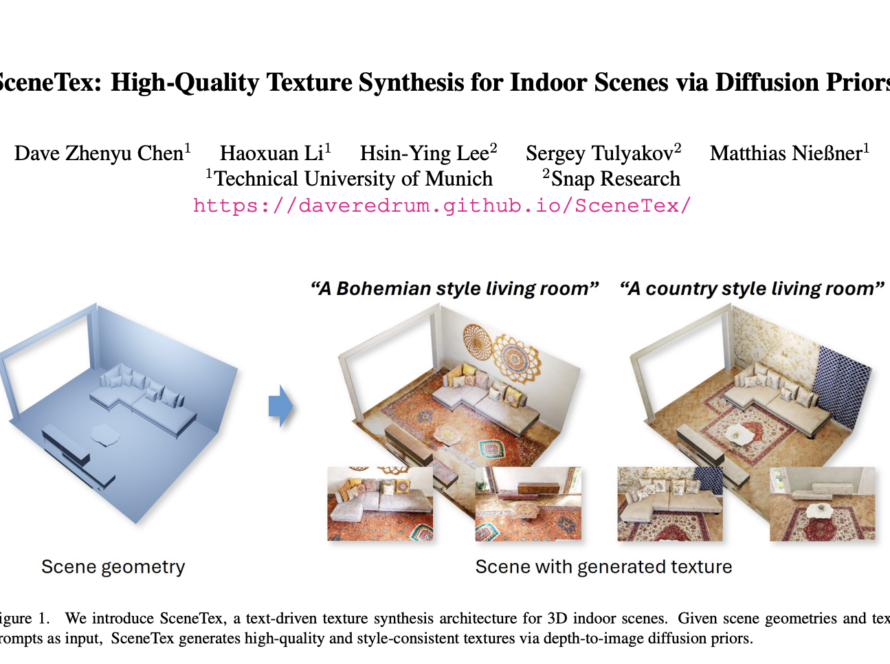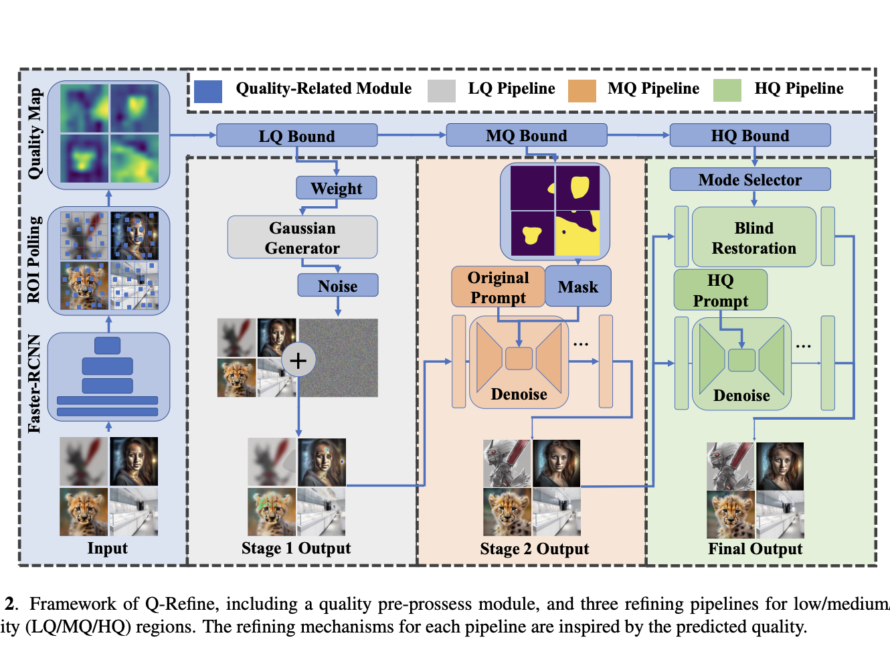[ad_1]
Diffusion models are a significant component in generative models, particularly for image generation, and these models are undergoing transformative advancements. These models, functioning by transforming noise into structured data, especially images, through a denoising process, have become increasingly important in computer vision and related fields. Their capability to convert pure noise into detailed images has marked them as a cornerstone in technological progress within artificial intelligence and machine learning.
A significant challenge persistently plaguing these models is the subpar quality of images they generate in their unrefined form. Despite substantial enhancements in the model architecture, the generated images often need more realism. This issue is primarily due to the over-reliance on classifier-free guidance, which enhances sample quality by training the diffusion model as both conditional and unconditional. This guidance is marred by its hyperparameter sensitivity and limitations, such as overexposure and oversaturation, often detracting from the overall image quality.
The researchers from ByteDance Inc. introduced a method that integrates perceptual loss into diffusion training. They innovatively use the diffusion model itself as a perceptual network. This method allows the model to generate meaningful perceptual loss, significantly enhancing the quality of the generated samples. The proposed method departs from conventional techniques, offering a more intrinsic and refined way of training diffusion models.
The research team implemented a self-perceptual objective in the diffusion model training. This objective exploits the model’s inherent perceptual network, utilizing it to generate perceptual loss directly. The model learns to predict the gradient of an ordinary or stochastic differential equation, thereby transforming noise into a more structured and realistic image. Unlike previous methods, this approach maintains a balance between improving sample quality and preserving sample diversity, which is crucial in applications like text-to-image generation.
Quantitative evaluations have shown that using the self-perceptual objective has significantly improved key metrics, such as the Fréchet Inception Distance and Inception Score, over the conventional mean squared error objective. This improvement indicates a marked enhancement in the visual quality and realism of the generated pictures. However, despite these advancements, the method still trails behind the classifier-free guidance regarding overall sample quality. Yet, it circumvents the limitations of classifier-free guidance, such as image overexposure, by providing a more balanced and nuanced approach to image generation.
In conclusion, the research demonstrates that the diffusion models have made significant strides in image generation. Incorporating a self-perceptual objective during the diffusion training has opened up new avenues for generating highly realistic and superior-quality images. This approach is a promising direction for the continued development of generative models. It undoubtedly enhances the capabilities of these models in various applications, ranging from art generation to advanced computer vision tasks. The study paves the way for further exploration and potential improvements in diffusion model training, which will significantly impact future research in this field.
Check out the Paper. All credit for this research goes to the researchers of this project. Also, don’t forget to follow us on Twitter. Join our 35k+ ML SubReddit, 41k+ Facebook Community, Discord Channel, and LinkedIn Group.
If you like our work, you will love our newsletter..
Sana Hassan, a consulting intern at Marktechpost and dual-degree student at IIT Madras, is passionate about applying technology and AI to address real-world challenges. With a keen interest in solving practical problems, he brings a fresh perspective to the intersection of AI and real-life solutions.
[ad_2]
Source link



